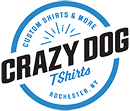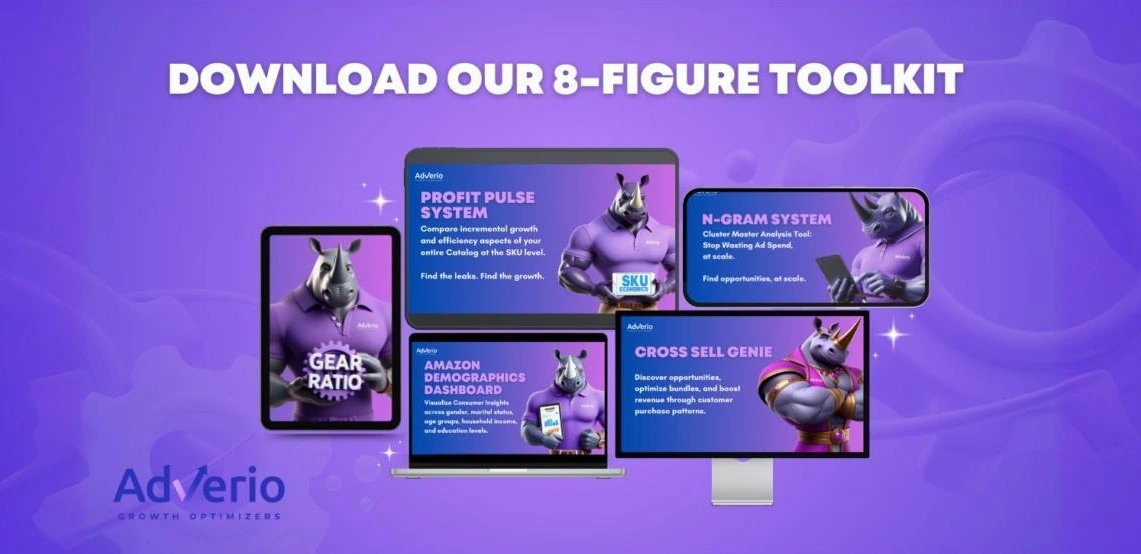Table of Contents
Picture this: your product is selling steadily on Amazon. You haven’t updated the pricing in over a year, and the margins seem fine. But in the background, competitors are tweaking their prices daily, leveraging every tool available to capture market share. Before you know it, your sales reach a plateau and then start to decline. You’re left wondering…”What happened”?
The culprit is often stagnant pricing. For mid-sized businesses navigating the complexities of eCommerce marketplaces, outdated pricing strategies can silently erode profits and stifle growth. Let’s explore the hidden costs of static pricing and how dynamic strategies can prevent your business from falling behind.
The Silent Killers of Static Pricing
Static pricing feels safe, but it’s inherently risky in fast-paced marketplaces. Here’s why:
Missed Elasticity Opportunities:
- Pricing isn’t just about what you charge—it’s about how much your customers are willing to pay.
- Failing to test price elasticity means you’re guessing instead of optimizing. For example, a modest price increase might yield higher margins without hurting unit velocity.
Competitor Advancements:
- Competitors utilizing dynamic pricing tools have an advantage. They’re continuously aligning with market trends while you’re stuck in neutral.
- Competitors who undercut your price or offer slight discounts during peak times can edge you out of the buy box or become a more desirable alternative.
Erosion of Marketplace Trust:
- Platforms like Amazon prioritize sellers who provide competitive and reliable pricing. Static pricing makes it harder to respond to marketplace demands, leading to suppressed visibility and lost sales.
The Financial Drain You Don’t See
The impact of outdated pricing isn’t always obvious, but the losses compound over time:
- Lost Margins: Over-discounting due to a lack of strategic adjustments leaves money on the table.
- Suppressed Buy Box Eligibility: Amazon and other platforms penalize sellers with non-competitive prices, reducing your product’s visibility.
- Ad Budget Inefficiency: Advertising dollars are wasted when products are overpriced, leading to poor conversion rates.
Example: Imagine spending $1,000 a month on PPC for a product priced 10% higher than the market average. The result? Lower click-through rates, fewer conversions, and reduced return on ad spend (ROAS).
Dynamic Pricing: A Strategic Lifeline
Dynamic pricing isn’t just about keeping up with competitors—it’s about leveraging real-time data to maximize profitability. Here’s how:
Real-Time Market Adjustments:
- Tools for dynamic pricing enable sellers to respond instantly to competitor changes, customer demand, and seasonal trends.
- For example, increasing prices slightly during low-stock periods can maintain margins without losing sales velocity.
Data-Driven Decisions:
- Historical sales data, competitor analysis, and unit velocity insights help craft precise pricing strategies.
- These insights allow for micro-adjustments that optimize for both profitability and competitiveness
Scenario Planning:
- Dynamic pricing enables “what-if” scenarios, allowing businesses to predict outcomes of price changes before implementing them.
- Example: Testing a bundle strategy during Q4 to capitalize on holiday traffic while maintaining competitive single-item pricing.
The Human Element of Pricing
While automation and tools are invaluable, human intuition remains a cornerstone of effective pricing. Combining data-driven insights with brand-specific knowledge creates a nuanced approach to:
- Balancing perceived value with actual costs.
- Adjusting prices in response to customer reviews or emerging trends.
- Deciding when to “walk away” from certain marketplaces where profitability is unsustainable.
Pro Tip: Use pricing as a communication tool. For example, pricing premium products slightly higher reinforces their perceived quality, aligning with customer expectations.
Practical Steps to Shift from Static to Dynamic Pricing
- Start with a Pricing Audit:
- Evaluate your current pricing against competitors, customer sentiment, and historical performance.
- Implement Small Adjustments:
- Begin with 2-3% changes to understand elasticity without risking major disruptions.
- Leverage Automation:
- Invest in dynamic pricing tools to automate competitive analysis and real-time adjustments.
- Monitor Key Metrics:
- Track gross contribution dollars, unit velocity, and customer feedback to measure the impact of pricing changes.
- Adapt for Seasonality:
- Proactively adjust prices for peak shopping periods, like Prime Day or back-to-school season, to capture demand surges.
Conclusion: Don’t Let Static Pricing Hold You Back
For mid-sized businesses, pricing is a powerful lever that directly impacts profitability and competitiveness. Static pricing may feel comfortable, but it’s a costly approach in the long run. Dynamic pricing strategies, driven by data and supported by smart tools, enable businesses to remain agile, competitive, and profitable.
If your current pricing strategy feels outdated, it’s time to act. Implementing even small, calculated changes can make a significant difference.
Ready to elevate your pricing strategy? Let’s create a roadmap to unlock more profits with pricing optimization.





























